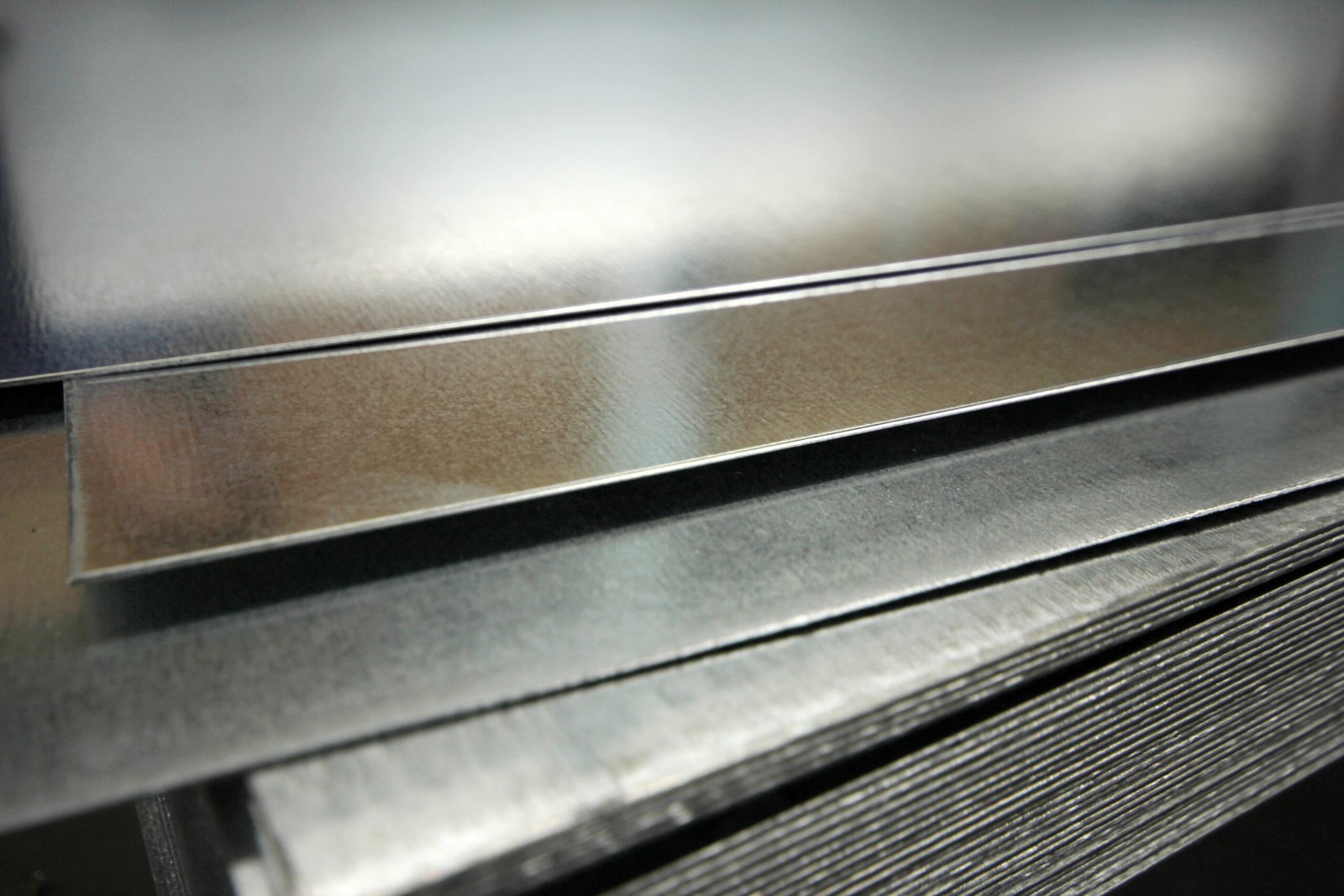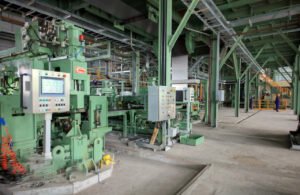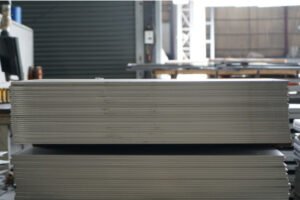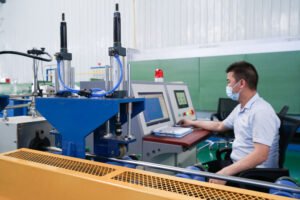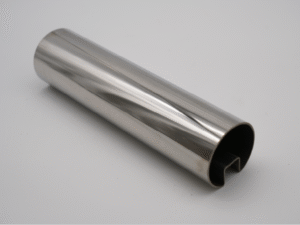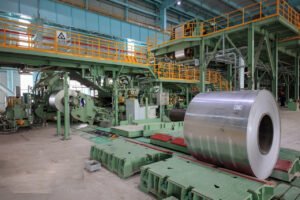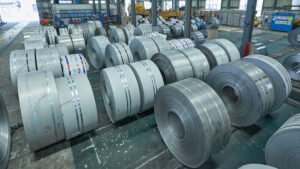Water Damage Prevention: Selecting Corrosion-Resistant Stainless Steel Grades
Your structures face constant water threats. The wrong material choice leads to rust, weakness, and costly failures. Selecting the right stainless steel grade is your best defense.
Selecting the right stainless steel involves analyzing the specific water environment (fresh, salt, chlorinated), understanding the corrosion risks, and choosing a grade with the appropriate alloy content, like 316L for general use or duplex grades for harsh conditions, to ensure long-term structural integrity.

As the Global Business Director at MFY, I've seen firsthand how a strategic material choice can make or break a project. It's not just about buying steel; it's about investing in resilience. The increasing complexity of our environments, with more pollutants and chemical variables, means that yesterday's solutions may not be enough for tomorrow's challenges. Let's explore how to make the right choice for your specific needs, turning a material purchase into a long-term strategic advantage.
What Challenges Does Water Damage Pose to Stainless Steel Structures?
Water seems harmless, but it's a constant threat to steel. It causes hidden corrosion, compromising structural safety and leading to expensive, unexpected repairs that disrupt your operations.
Water damage poses significant challenges, primarily through various forms of corrosion like pitting, crevice, and stress corrosion cracking. These issues degrade the material's strength, leading to potential structural failures, costly maintenance, and reduced service life for essential infrastructure and equipment.

At MFY, we often consult with clients who are surprised by the aggressive nature of what they considered a "benign" environment. The reality is that water is a universal solvent, and its interaction with stainless steel is a complex chemical process. The most common failure we see isn't uniform rusting, but localized attacks that are far more dangerous because they are concentrated and can perforate the material quickly. I remember a client in Southeast Asia working on a coastal processing plant. They initially used a standard grade, not accounting for the high salinity and industrial pollutants in the water. Within a few years, they faced severe pitting corrosion, forcing a premature and very expensive replacement. It was a tough lesson on why a detailed environmental analysis is non-negotiable.
The Silent Killers: Pitting and Crevice Corrosion
Pitting corrosion is like a small cavity that grows deep into the steel, while crevice corrosion[^1] occurs in tight spaces where water becomes stagnant, such as under gaskets or bolt heads. Both are initiated by the breakdown of the steel's passive layer[^2], often by chlorides[^3] found in seawater, de-icing salts, and even some industrial process fluids. Once started, they can progress rapidly, leading to leaks or sudden failures without much visible warning on the surface.
The Environmental Factor: Pollutants and pH
Today's water is rarely pure. Industrial runoff can introduce various chemicals, and acid rain can lower the pH, making the water more corrosive. These evolving environmental factors mean that a grade that was suitable a decade ago might not be adequate for a new project in the same location. This is why we stress that material selection must be a dynamic, forward-looking process. We must account not just for the environment as it is, but as it might become.
Why is Corrosion Resistance Crucial for Preventing Water Damage in Stainless Steel?
Choosing steel based on price alone is risky. This short-term saving often leads to long-term costs from corrosion damage. Prioritizing corrosion resistance is a strategic investment in reliability.
Corrosion resistance is crucial because it forms a protective, passive layer on the steel's surface. This layer self-repairs and prevents destructive chemical reactions with water and chlorides, ensuring the material's structural integrity, safety, and longevity, thereby minimizing lifecycle costs.
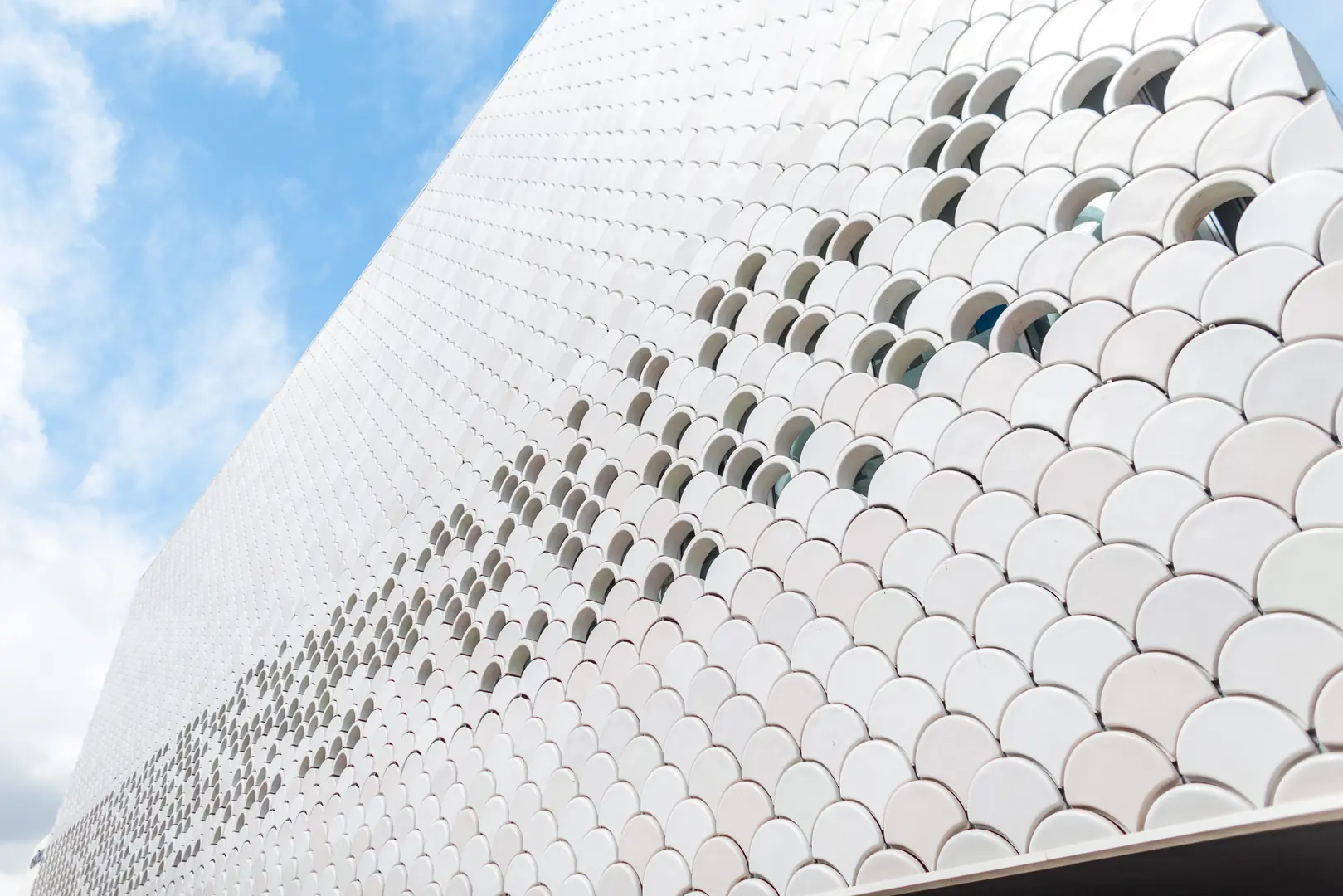
Thinking about materials in terms of their total lifecycle cost, rather than just the initial purchase price, is a fundamental shift we encourage at MFY. A slightly more expensive, but more resistant, grade of stainless steel can eliminate the need for costly repairs, downtime, and eventual replacement. This makes it the more economical choice over the lifespan of the project. This isn't just a product choice; as I've mentioned, it's a strategic imperative. For industries like construction, marine engineering, and chemical processing, infrastructure failure isn't just an inconvenience—it's a critical risk that can impact safety, profitability, and reputation.
Beyond Initial Cost: A Lifecycle Perspective
The initial cost of a higher-grade stainless steel might be 20-30% more than a standard grade. However, if that standard grade fails after 10 years and the higher grade lasts for 30, the lifecycle value is immediately apparent. This calculation doesn't even include the massive costs associated with shutdown, labor for replacement, and lost production. Investing in the right material from the start is the most effective way to manage long-term operational risk.
Lifecycle Cost Comparison: Example Scenario
| Cost Factor | Grade 304 (Standard) | Grade 316L (Higher Resistance) |
|---|---|---|
| Initial Material Cost | $100,000 | $125,000 |
| Expected Lifespan | 10 Years | 25+ Years |
| Repair/Replacement Cost at Year 10 | $150,000 (Material + Labor) | $0 |
| Total Cost Over 25 Years | $250,000+ | $125,000 |
This simplified table clearly shows how a higher upfront investment can lead to significant long-term savings.
How Do Different Stainless Steel Grades Vary in Corrosion Resistance?
Not all stainless steel is created equal. Assuming any "stainless" grade will work is a common mistake. Understanding the differences is key to avoiding material failure in wet environments.
Stainless steel grades vary based on their chemical composition, primarily the content of chromium, nickel, and molybdenum. Higher levels of these elements, especially molybdenum, significantly enhance resistance to pitting and crevice corrosion, particularly in chloride-rich environments like seawater.
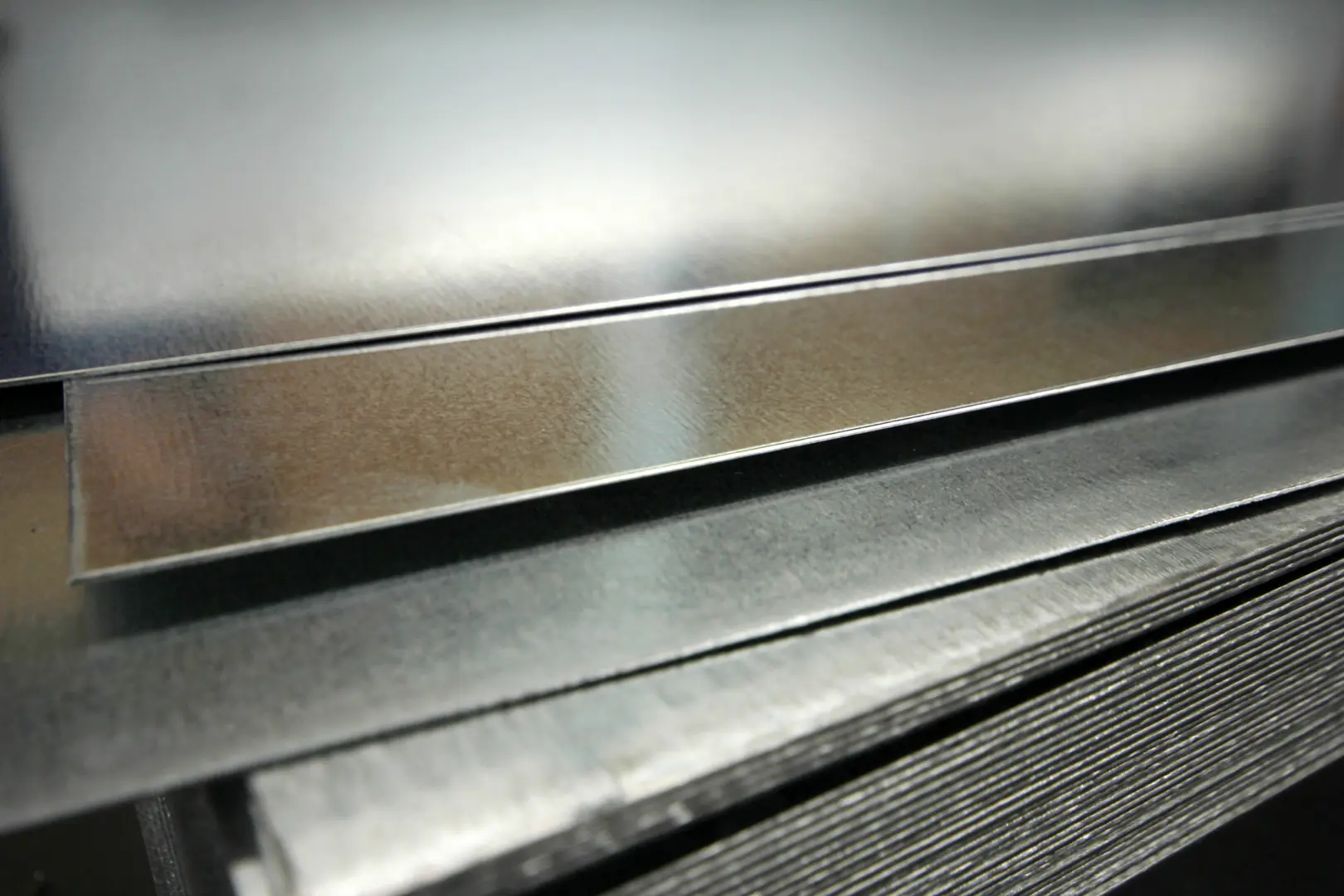
The "secret sauce" of stainless steel is its alloy composition. Think of it like a recipe where small changes in ingredients can dramatically alter the final dish. The passive layer that gives stainless steel its name is formed primarily by chromium. Adding other elements enhances this layer and provides specialized defenses. At MFY, a huge part of our job is to act as metallurgists for our clients, helping them understand these nuances so they can select a material that is perfectly tailored to their needs, not just "good enough."
The Role of Key Alloying Elements
- Chromium (Cr): The essential ingredient. It forms the tough, invisible, self-healing passive oxide layer on the surface. A minimum of 10.5% is required for a steel to be called "stainless."
- Nickel (Ni): Primarily a structure stabilizer, it makes the steel more formable and ductile. It also improves general corrosion resistance, especially in acidic environments.
- Molybdenum (Mo): This is the hero when it comes to fighting chloride pitting and crevice corrosion. Even a 2-3% addition of Molybdenum, as seen in Grade 316, dramatically improves performance in coastal and chemical environments compared to Grade 304.
A Look at Stainless Steel Families
| Family | Key Characteristics | Common Grades |
|---|---|---|
| Austenitic | Most common, excellent corrosion resistance & formability. | 304, 316L |
| Ferritic | Good corrosion resistance, magnetic. | 430 |
| Duplex | Mix of austenitic and ferritic structures. High strength & high resistance to stress corrosion cracking. | 2205 |
The development of advanced materials like Duplex grades[^4] is a direct response to the industry's need for solutions that can withstand increasingly harsh conditions.
What Are the Recommended Stainless Steel Grades for Optimal Water Damage Prevention?
Facing a specific water exposure challenge? Choosing from hundreds of grades is overwhelming. We can simplify this by matching the right grade to the right environment for guaranteed performance.
For freshwater, Grade 304 is often sufficient. For marine or chlorinated environments, Grade 316L is the standard. For highly corrosive industrial or coastal applications, Duplex (e.g., 2205) or super austenitic grades (e.g., 904L) are strongly recommended for superior performance.
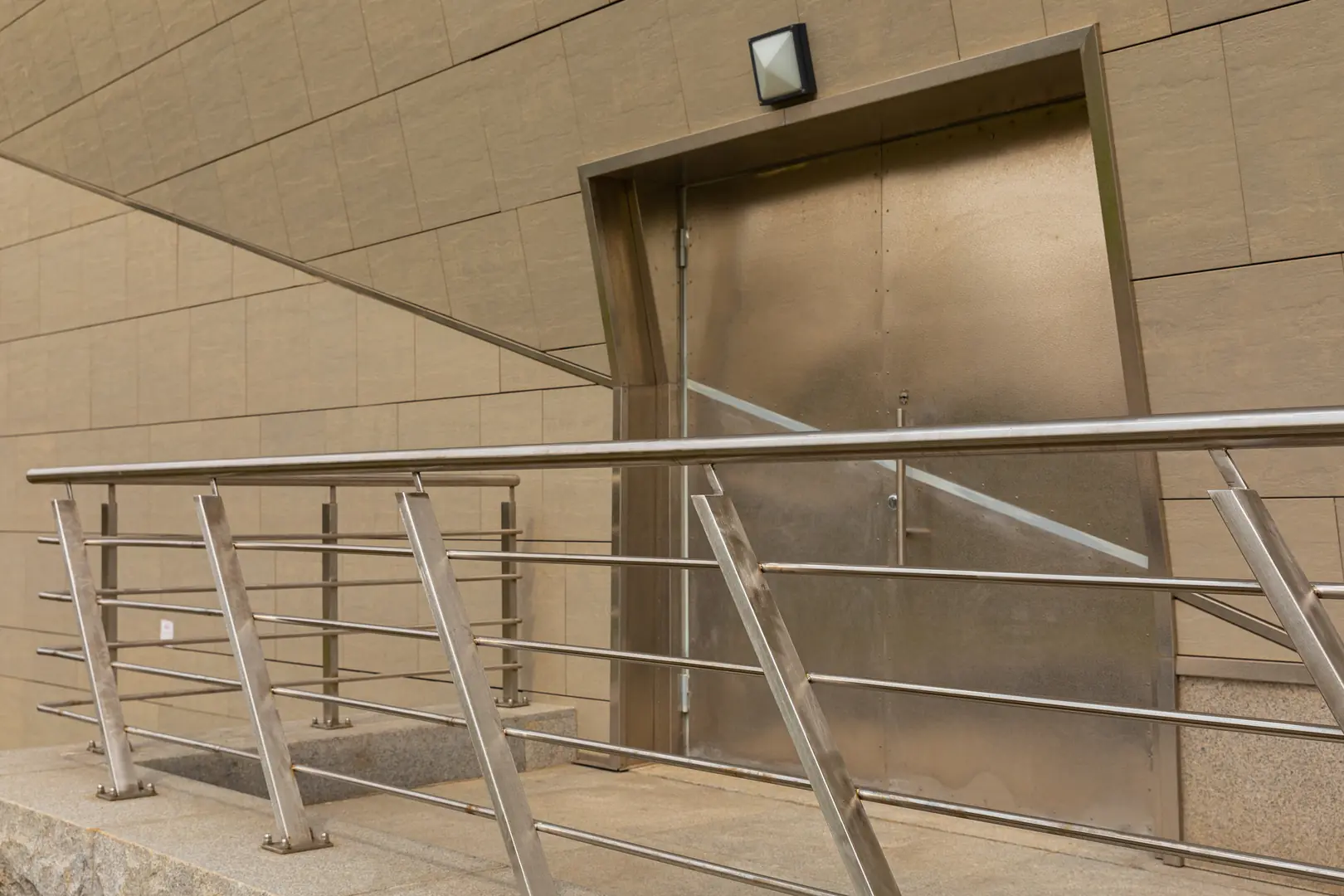
The most important step is to honestly assess your service environment. Under-specifying is a recipe for failure, while over-specifying can be an unnecessary expense. This is where a partnership with a knowledgeable supplier like MFY pays dividends. We recently supplied Duplex 2205 for a desalination plant in the Middle East. The client was considering 316L, but our analysis showed the high-temperature, high-salinity brine would push 316L to its limit. By investing in Duplex, they secured a much longer service life and greater operational security. This is the strategic partnership we at MFY strive for—delivering value through expertise.
Matching the Grade to the Environment
- Atmospheric/Freshwater: In environments with low corrosion risk, like architectural panels in a non-coastal city or food-grade tanks for fresh water, Grade 304/304L is the workhorse. It provides an excellent balance of cost and performance.
- Marine/Chloride Environments: For any application near the coast, or one that involves chlorinated water (like swimming pools or some water treatment facilities), the molybdenum in Grade 316/316L is essential. It is the minimum standard for these applications.
- Harsh Industrial/Marine: In highly demanding situations like offshore oil rigs, chemical processing plants, or desalination equipment, you must upgrade. Duplex grades (2205) offer superior strength and resistance to stress corrosion cracking. For the most extreme conditions, Super Austenitic (904L) or Super Duplex grades provide the ultimate protection.
Choosing to upgrade to these advanced grades is a strategic decision to prioritize reliability and extend the lifespan of critical infrastructure, directly aligning with the need for more resilient solutions in today's world.
How Can Proper Maintenance Enhance the Longevity of Corrosion-Resistant Stainless Steel?
You've invested in high-quality steel. But neglect can still lead to problems. Simple, regular maintenance is essential to protect your investment and ensure maximum lifespan.
Proper maintenance, including regular cleaning to remove surface deposits (like salt or iron particles) and avoiding contact with carbon steel, prevents localized corrosion. This ensures the protective passive layer remains intact and effective, maximizing the material's inherent corrosion resistance and longevity.
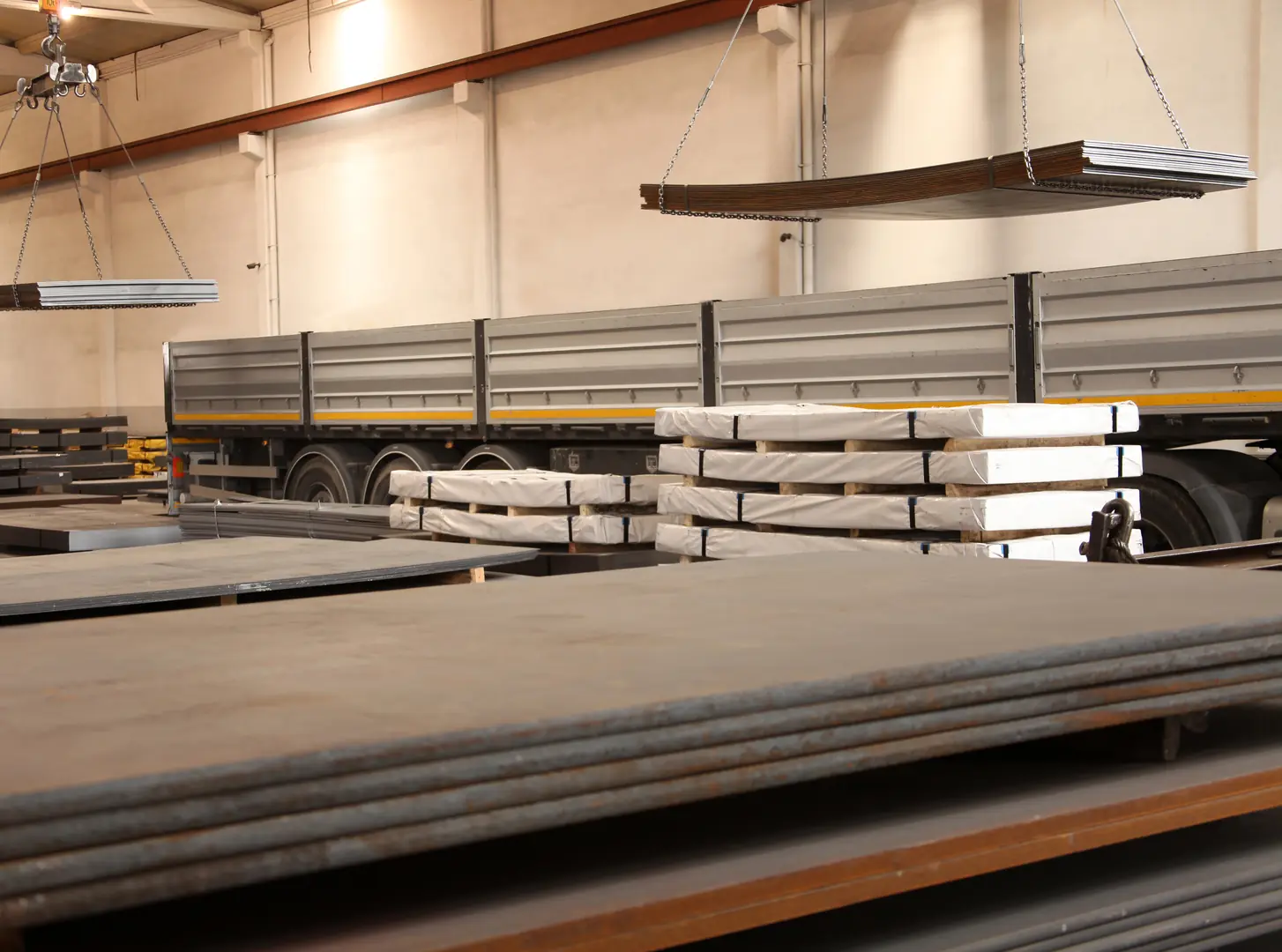
Even the most robust stainless steel grade is not "set it and forget it," especially in the complex and polluted environments we've discussed. The passive layer is strong, but it can be compromised by surface contaminants. Think of it like the paint on a car; if you let dirt and salt build up, it will eventually damage the finish and expose the metal underneath. Regular, gentle cleaning is the single most effective thing you can do to ensure you get the full value and lifespan out of your stainless steel investment.
The Importance of a Clean Surface
Surface deposits can create the perfect conditions for localized corrosion. Salt particles from coastal air can concentrate chlorides, and tiny iron particles from nearby carbon steel fabrication (known as "free iron[^5]") can rust and stain the stainless surface, potentially initiating pitting. A simple cleaning routine removes these threats before they can cause damage, allowing the passive layer to do its job effectively.
Practical Maintenance Tips
- Routine Cleaning: For most applications, cleaning with soap or a mild detergent and warm water, followed by a clean water rinse, is sufficient. Frequency depends on the severity of the environment—monthly in a coastal area, or twice a year in a rural one.
- Avoid Contamination: Never use steel wool or carbon steel brushes on stainless steel. Always use tools and cleaning pads made from stainless steel or non-metallic materials.
- Address Scratches: While minor scratches are cosmetic, deep gouges can trap contaminants. If deep scratches occur, they may need to be professionally blended and passivated to restore the protective layer.
A simple maintenance plan ensures your strategic material choice delivers its promised long-term performance.
Conclusion
Selecting the right stainless steel is a strategic investment in your project's future. By analyzing the environment and choosing a grade with appropriate resistance, from 316L to advanced Duplex steels, you ensure durability, safety, and long-term value. MFY is here to help guide you.
Have Questions or Need More Information?
Get in touch with us for personalized assistance and expert advice.
